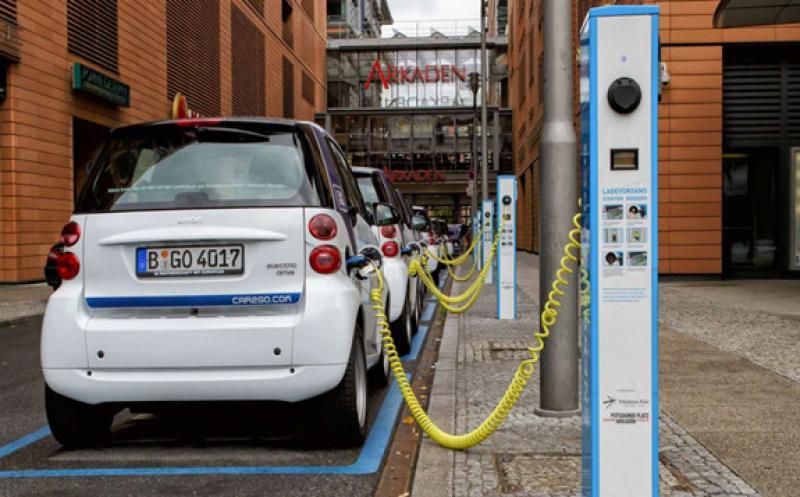The European Commission has approved, under EU State aid rules, a €3 billion Spanish scheme to support research, development and innovation (RD&I), as well as environmental protection and energy efficiency measures of companies in the value chain for electric and connected vehicles, European Commission Executive Vice-President for Competition Policy Margrethe Vestager said.

According to the Commission, the measure will help Spain to accelerate the transition towards a more sustainable and connected mobility, without unduly distorting competition. The scheme will be partly funded by the Recovery and Resilience Facility (‘RRF’), following the Commission’s positive assessment of the Spanish Recovery and Resilience Plan and its adoption by the Council.
“This €3 billion Spanish scheme will help enable an innovative and sustainable value chain for electric vehicles, in line with State aid rules and the objectives of the European Green Deal,” Vestager said. “It will play an important part in the green and digital recovery of the Spanish economy, while ensuring that possible distortions of competition are minimised,” she added.
The Spanish scheme enables aid for RD&I investments, and aid for investments into environmental protection, including energy efficiency, for the implementation of several integrated projects across the entire value chain for electric and connected vehicles, within the framework of the Strategic Project for the Economy Recovery and Transformation on electric and connected vehicles (ECV PERTE).
It will run until the end of 2023 and is open to consortia of interested companies, established both in and outside of Spain. Each consortium will include companies active in a wide range of sectors related to electric and connected vehicles, and at least 40% of the partners will be small and medium-sized enterprise (SMEs). The aid will be awarded through a competitive selection process and will take the form of direct grants and soft senior loans.
The Commission said it assessed the measure under EU State aid rules, in particular the 2014 Guidelines on State aid for environmental protection and energy (‘EEAG’) and the 2014 Framework for State aid for research and development and innovation (‘RDIF’). In particular, the Commission found that the scheme is necessary to facilitate RD&I investments as well as the environmental protection investment efforts of companies, such as energy efficiency measures, in the supply chain for electric and connected vehicles. It also has an incentive effect, as the projects would not take place in the absence of public support;
the aid is proportionate and limited to the minimum necessary. In particular, the eligible projects, eligible costs and maximum aid intensities are defined in line with the RDIF and EEAG.
The Commission also found that necessary safeguards to limit any undue negative effects are in place. In particular, the maximum amount of aid for a single beneficiary will be limited; appropriate participation of SMEs in the scheme will be guaranteed; and participating companies have to demonstrate that the aid amounts requested are limited to the minimum necessary; and the positive effects of the measure, in particular on the environment, the integrity of the European Research Area for the value chain and the recovery of the Spanish economy, outweigh any negative effects in terms of possible distortions of competition. Indeed, the scheme will help Spain meet its environmental targets, set at European and national level, and supports the digital transition, as it fosters investments into the connectivity of electric vehicles.
Finally, Spain also committed to carry out an ex-post evaluation to assess the effects of the scheme, the Commission said, concluding that the Spanish scheme is in line with the EU State aid rules and is in line with EU policy objectives, including those set out in the European Green Deal, without unduly distorting competition in the Single Market.